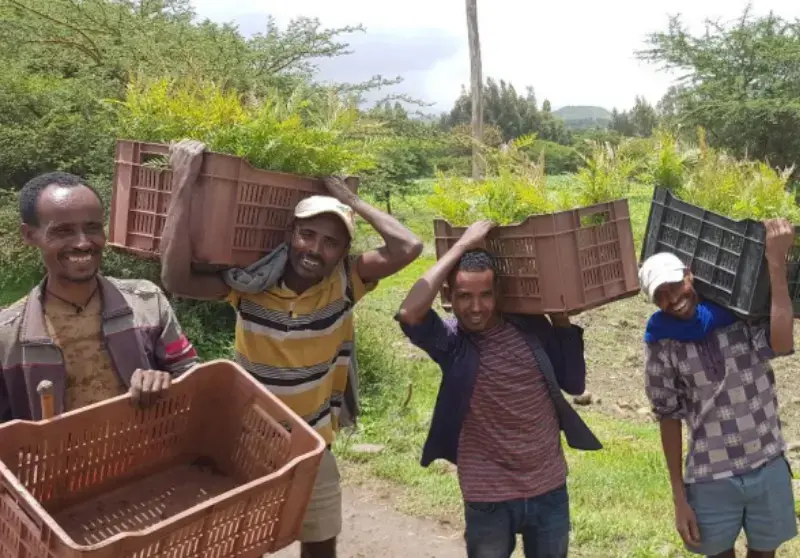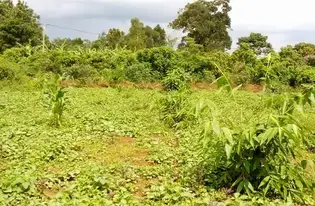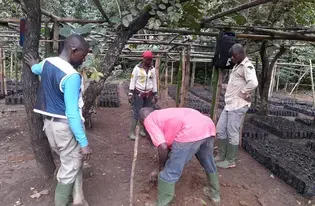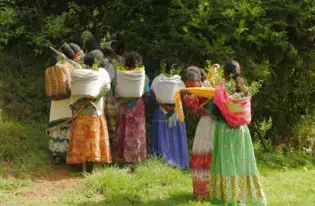For decades, vast areas of forests in Ethiopia have been cleared as agriculture expands. This has led to droughts, the loss of unique species and declining soil fertility.
At the same time, Ethiopia’s population has doubled in the past 30 years. This brings big challenges, such as the increasing demand for housing, employment, and food. But trees can offer a solution to these challenges.
With the Ethiopian Orthodox Church Development and Inter-Church Aid Commission (EOC-DICAC) and the Konso Development Association (KDA), Plant-for-the-Planet Foundation established a blueprint project for working with communities to restore some of this land.
The project combines the diverse spectrum of expertise and experiences contributed by each of the partner organizations. Plant-for-the-Planet, as a global mobiliser for reforestation, brings in strategic expertise and contributed start-up funding for the project. For its part, EOC-DICAC brings its capacity and extensive network, which are key to promoting the long-term sustainability of the project.
Natural forests in Northern and Central-Ethiopia are in many cases limited to ‘church forests’ that surround Ethiopian Orthodox Churches in rural areas. But these church forests are small and isolated, making it difficult for the plants and animals that live in them to survive.
To protect these biodiversity hotspots, the joint venture, called Plant-for-Ethiopia, is building green corridors that help local communities living outside the forests to create a sustainable connection with the monastery communities living inside the forests. Together, they can create tree-filled paths that connect church forests with larger forest restoration projects in the region.
To date, Plant-for-Ethiopia has developed a sustainable, large-scale approach for sustainable forestry management, centered on a vocational training program. They are helping youth group-owned nurseries grow several indigenous trees species (and two high-value exotic species). Then, these young entrepreneurs supply saplings to help build up these green corridors.
The new forests that these local experts are growing will provide employment, timber, and fuelwood, as well as improve biodiversity and soil fertility. The trees will also store planet-warming carbon dioxide in the long term and help communities adapt to the ever-worsening climate crisis.
The Konso community in Southern Nations, Nationalities, and Peoples Region, for example, is a role model for agroforestry and community-led forestry. The land lease and land use agreements organized between the youth groups and local government give each group ownership and responsibility for their own forests. Now, they’re transforming their landscape from the ground up.
Since June 2019, with a start-up investment of $27,000 USD, the project has helped grow more than 25,000 trees across 67 hectares (with a survival rate of 80%). Now, Plant-for-the-Planet hopes to scale up that work to restore 350 million trees to Ethiopia’s landscapes over the next decade. By using the Plant-for-the-Planet App, an open-source fundraising tool, they are hoping to crowdsource donations to keep this work going for years to come.



